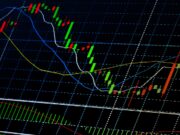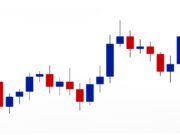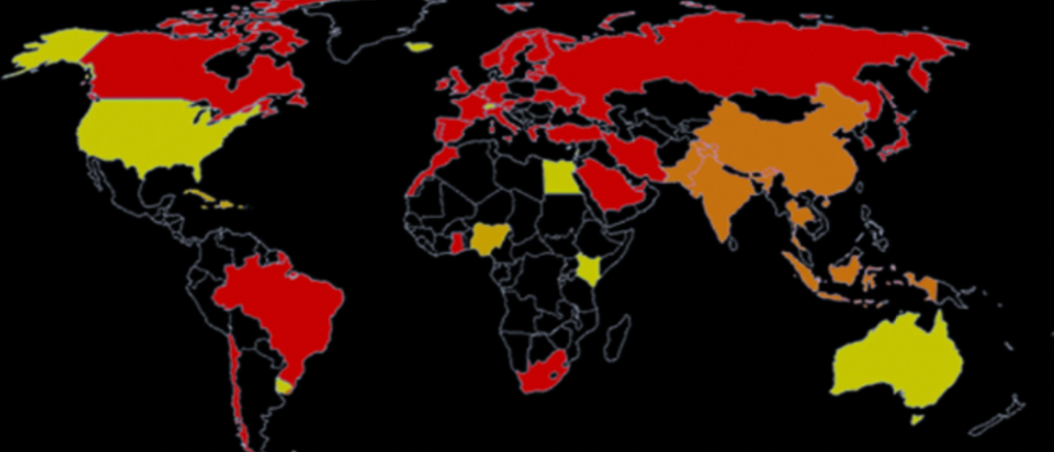Tech stocks rallied this morning on the heels of Nvidia’s blockbuster earnings report. NVDA shares surged after the chipmaker gave stronger-than-expected Q2 revenue guidance, boosting the Nasdaq composite by more than 2% in pre-market trading. There’s no question that large and mega-cap tech stocks are back in favor in 2023. But will investor enthusiasm hold up against looming near-term uncertainties?
Investors looking to maintain exposure to the most coveted large and mega-cap stocks while shielding those handsome 2023 returns –look no further. Today we’ll highlight an investment that provides large-cap exposure with a twist. Believe it or not, this ticker also allows investors to benefit from extreme shifts in market sentiment.
The Simplify U.S. Equity PLUS Downside Convexity ETF (SPD)
One of the first ETFs to launch from Simplify, The Simplify U.S. Equity PLUS Downside Convexity ETF seeks to provide capital appreciation by offering U.S. large-cap exposure while aiming to boost performance during extreme market moves down via a systematic options overlay. The actively managed fund’s core holding gives investors low-cost, index-based exposure to U.S. large caps. A modest option overlay budget is then deployed into a series of options positions that help create downside convexity in the fund.
Under normal circumstances, it invests at least 80% of its net assets (plus any borrowings for investment purposes) in equity securities of U.S. companies, primarily by purchasing ETFs. The downside convexity option overlay involves purchasing exchange-traded and over-the-counter put options on the S&P 500 Index or an S&P 500 Index ETF.
The option strategy is designed to provide downside protection without capping any upside participation; in other words, it creates downside convexity in the fund. The specific put option contracts are selected strategically based on the adviser’s evaluation of relative value, strike price, and maturity. Investors should anticipate a non-linear relationship between the fund and market returns.












